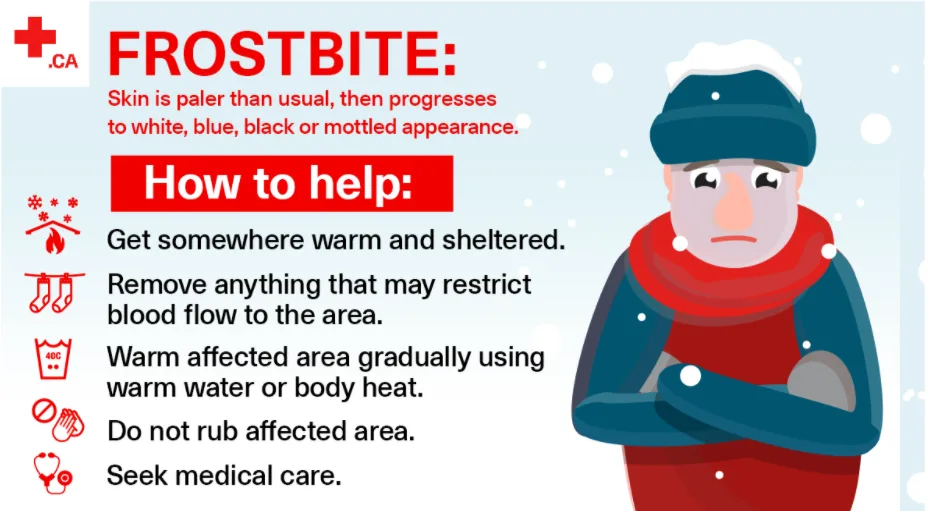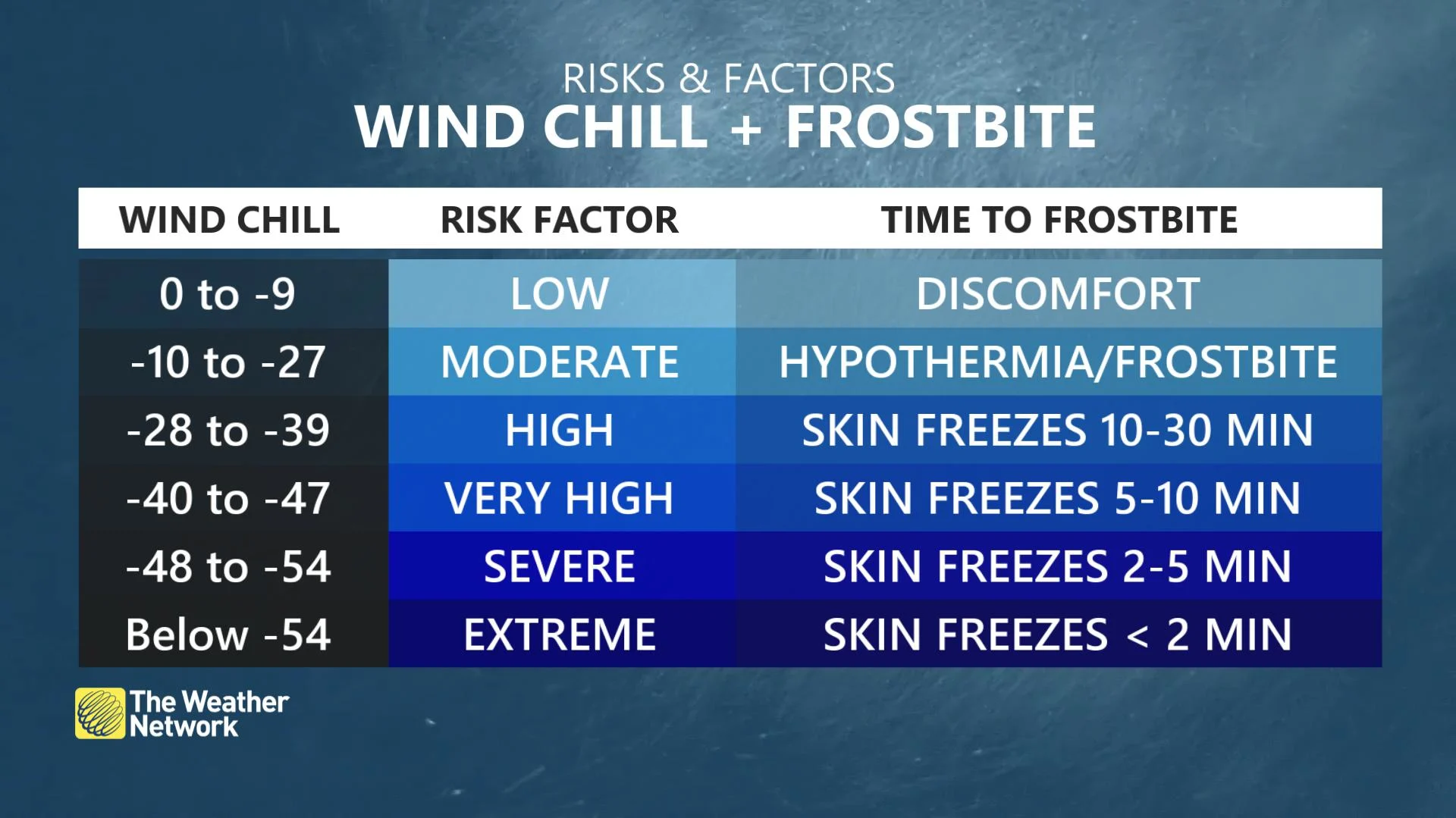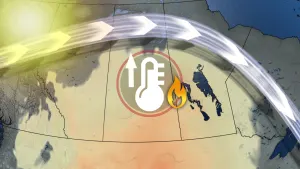
Understanding the warning signs of frostbite
Heading out into the cold? These tips will help keep you safe.
We live in a country where the air can get cold enough to create ice crystals in exposed skin, a condition we call this frostbite.
Pharmacist Victor Wong says this can occur when the body comes into contact with extremely cold temperatures.
"It can happen within a few seconds to a few minutes," he explains. "Damage is caused by immediate cell death to extremely cold temperatures. More gradual damage is caused by ice crystals that form in and around cells, causing loss of blood flow and eventually inflammation of those areas which causes even further damage."
The risk of frostbite varies, depending on temperature and duration of cold exposure.

Courtesy: The Canadian Red Cross/Facebook.
According to Ottawa Public Health, the "4 Ps" of detecting frostbite are:
Pink: If the skin appears reddish, this is usually the first sign of frostbite.
Pain: Skin that is painful to touch may be suffering from frostbite.
Patches: White, waxy-feeling patches indicate the skin is dying.
Prickles: Affected areas feel numb or have reduced sensation.
Health Canada says hands, feet, nose, and ears are the most common places for Canadians to experience frostbite.
The more you know about the harsh effects of the Canadian cold, the better prepared you can be.

Learn more about the impacts of frostbite and how to protect yourself from any long term issues by watching the video that leads this article.
Thumbnail image courtesy: Getty Images










